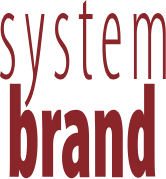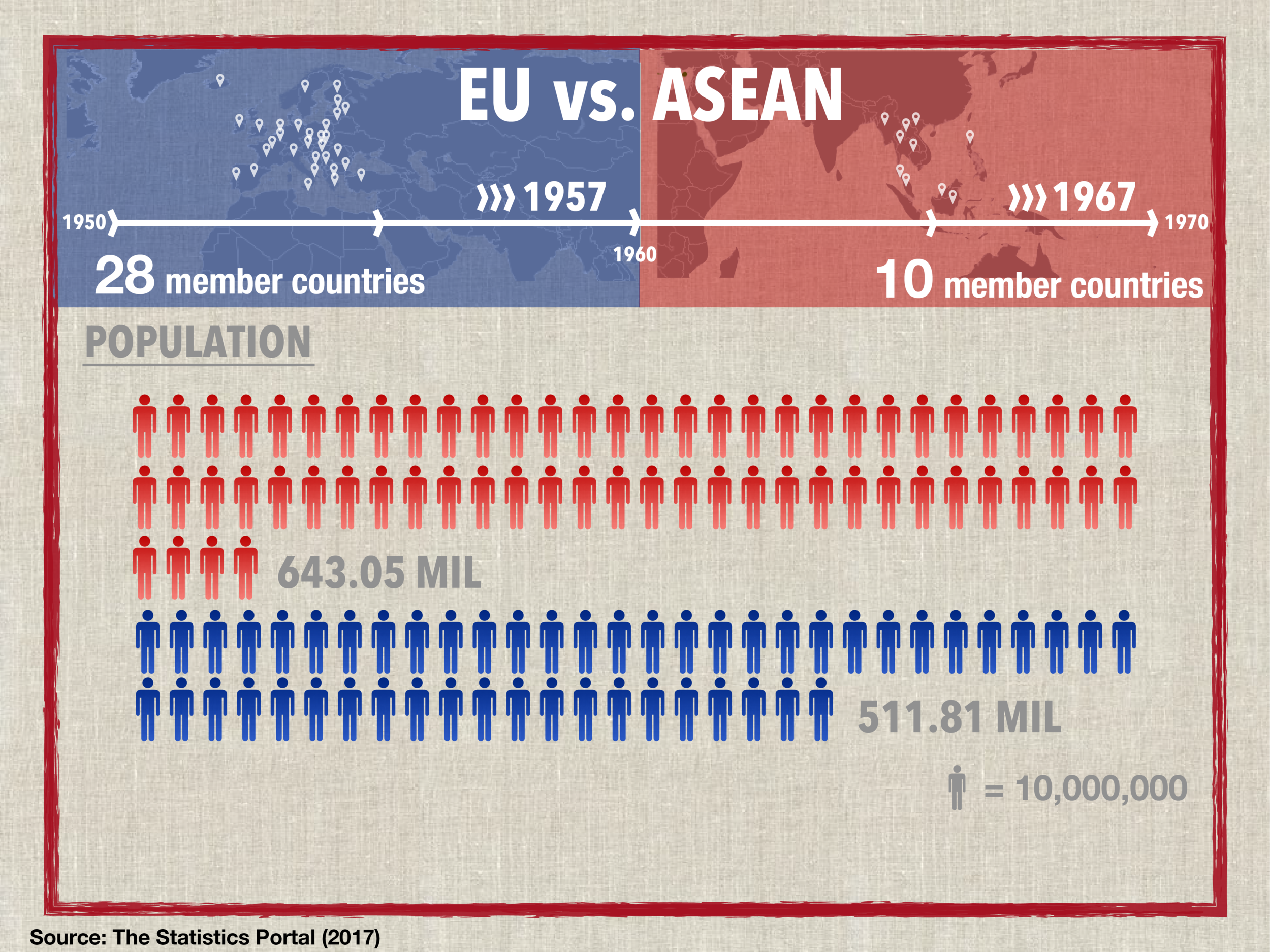A Common Yardstick to Compare the ASEAN with the EU
The Association of Southeast Asian Nations (ASEAN) and the European Union (EU) are without a doubt two different independent models even though ASEAN, accordingly, has not yet reached the level of integration compared to that of the EU.
However, being considered as the world’s most successful organizations, both are compared incessantly in terms of economy, its economic size and how large each organization is.
After its foundation in 1967,10 member countries currently comprise the ASEAN. The EU, on the other hand, was first established as what was then known as the European Economic Community (ECC) in 1957 and now stands with 28 members – to soon become 27 after the Brexit finalizes.
Having said this, it obviously indicates that the two regional organizations differ sharply in terms of economic size and financial resources.
Nonetheless, ASEAN and the EU also hold similarities in certain areas. For one, it celebrated their 50th and 60th founding anniversary in 2017. Other than sharing a milestone, what else do these two organizations have in common?
Both organizations were founded to promote peace as well as economic development. History will tell us that at the time of both their foundation, their member countries were faced with different types of conflicts. Countries within the ASEAN were involved in territorial disputes, one way or the other, whereas Germany and France had shared a history of rivalry.
ASEAN and the EU are also committed to protecting and upholding human rights with the Declaration of Human Rights at the ASEAN and the Charter of Fundamental Rights for EU.
Both organizations also embody legal personalities, therefore, they have the capacity to sue and be sued in domestic and international courts and tribunals.
In addition, they both signed Free Trade Agreements (FTAs) with non-member countries to promote economic partnerships outside their organizations. EU has FTAs with Singapore – pending ratification, whereas, ASEAN has existing agreements with South Korea, Japan, India, Australia and New Zealand.
Lastly, ASEAN and the EU both hold regular political and economic dialogues with external partners such as the US, Japan and China among others.
The ASEAN and the EU may be representing different sets of people, culture and economies, but they will always be parallel with each other in so many ways.


